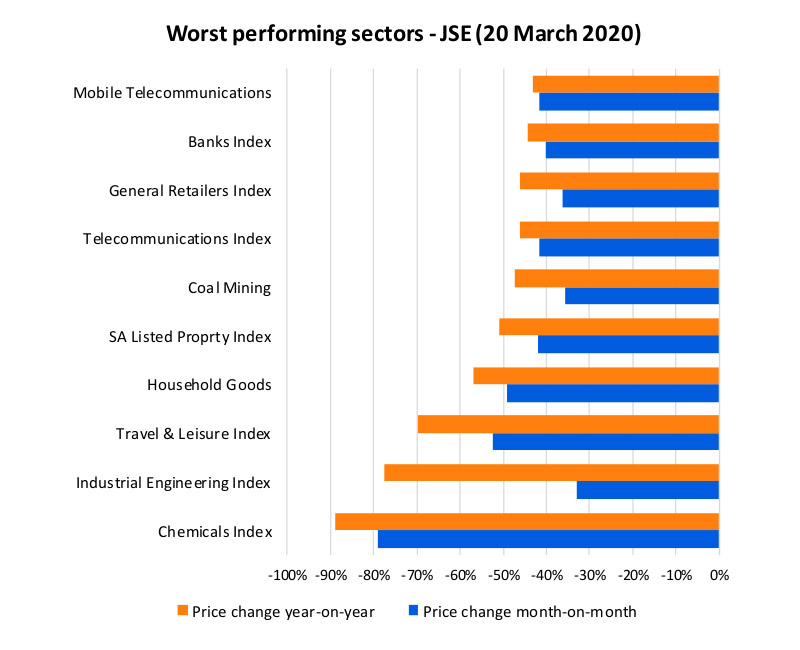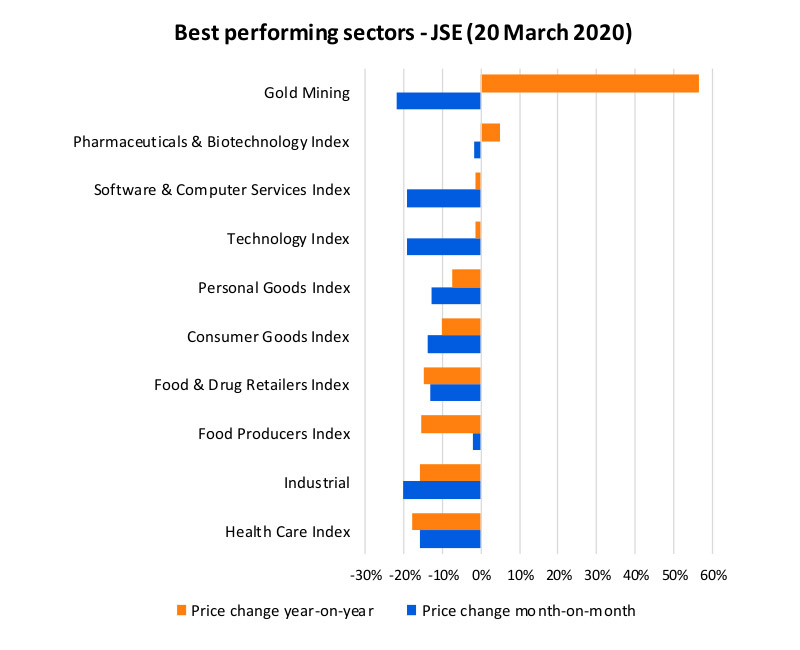A coronavirus named COVID-19, is posing one of the biggest global threats to humans currently alive. The pandemic is having a dramatic impact on the way in which people interact, socialise and conduct their economic activities. The number of people succumbing to the disease since December last year, has not been nearly as high as other worldwide reported causes of death during the same period, such as heart disease, cancer, accidents, normal flu, etc. However, the ease of transmission of the virus and the possibility that infection numbers may rapidly escalate exponentially, have seen the introduction of drastic measures globally in an attempt to contain the spread of the virus.
By Monday, 23 March, the worldwide reported infection number stood at more than 350,000 with nearly 15,500 deaths and just over 100,000 infected persons who have recovered. In South Africa, the virus was initially introduced by people having travelled abroad. But locally transmitted infections have also occurred, and have pushed the number of total confirmed infections to over 400, with two persons having recovered. Thus far no deaths have yet been reported.



